Hilary Pyle looks at the life and work of artist Estella Solomons, whose exhibition is on view at the National Gallery of Ireland
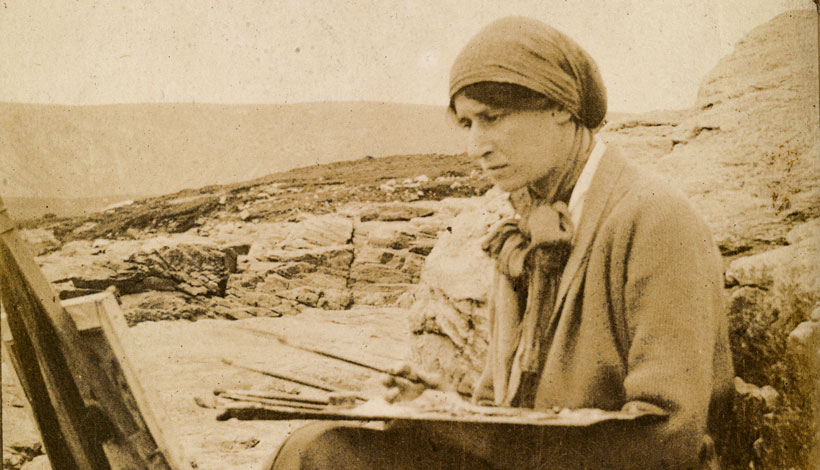
Hilary Pyle looks at the life and work of artist Estella Solomons, whose exhibition is on view at the National Gallery of Ireland
Estella Solomons, born during a renaissance of the creative arts in Ireland, was one of a group of especially gifted women artists in Dublin, most of whom trained with men at art school and went on to practise professionally. Only Frances (Cissie) Beckett, aunt of Samuel Beckett, who painted a portrait of Solomons resting at a student ball (Fig 7), did not. But their contemporaries at college, Beatrice Elvery (later Glenavy), Grace Gifford (the cartoonist), Eva Hamilton, Mary Swanzy, Clare Marsh and others, all enhanced this new era of Irish art at the beginning of the 20th century with their distinctive ways of working.
The ultimate aim was to be accepted by the Academy. They exhibited regularly in small solo or shared exhibitions in studios or hired halls, or contributed work to group shows such as the Irish Art Companions and the Gaelic League’s Oireachtas art exhibitions. The founding of the United Arts Club in 1907 was a major boon, bringing both artists and writers together for inspiration or collaboration.
To read this article in full, subscribe or buy this edition of the Irish Arts Review
Estella Solomons, born during a renaissance of the creative arts in Ireland, was one of a group of especially gifted women artists in Dublin, most of whom trained with men at art school and went on to practise professionally. Only Frances (Cissie) Beckett, aunt of Samuel Beckett, who painted a portrait of Solomons resting at a student ball (Fig 7), did not. But their contemporaries at college, Beatrice Elvery (later Glenavy), Grace Gifford (the cartoonist), Eva Hamilton, Mary Swanzy, Clare Marsh and others, all enhanced this new era of Irish art at the beginning of the 20th century with their distinctive ways of working.
The ultimate aim was to be accepted by the Academy. They exhibited regularly in small solo or shared exhibitions in studios or hired halls, or contributed work to group shows such as the Irish Art Companions and the Gaelic League’s Oireachtas art exhibitions. The founding of the United Arts Club in 1907 was a major boon, bringing both artists and writers together for inspiration or collaboration.
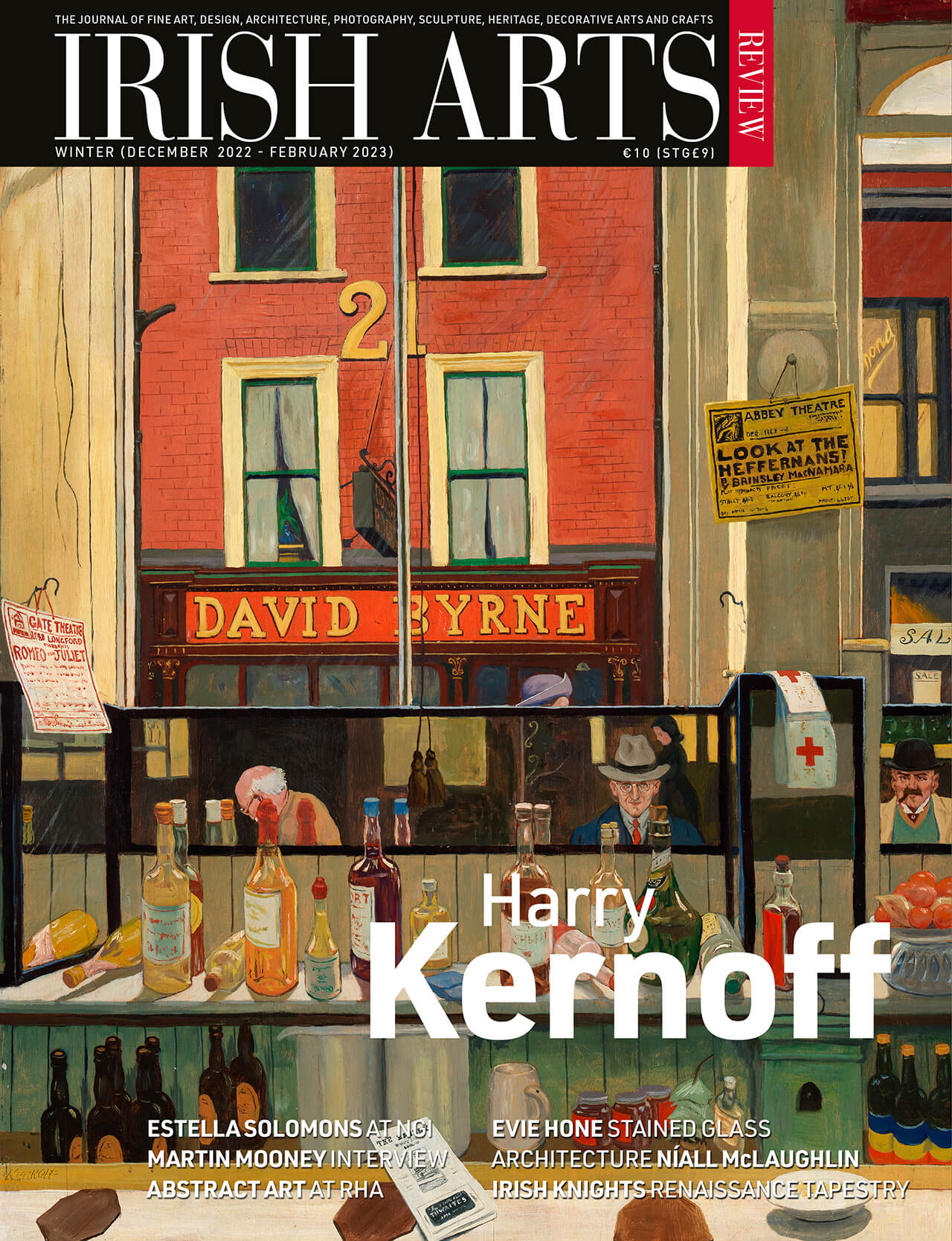
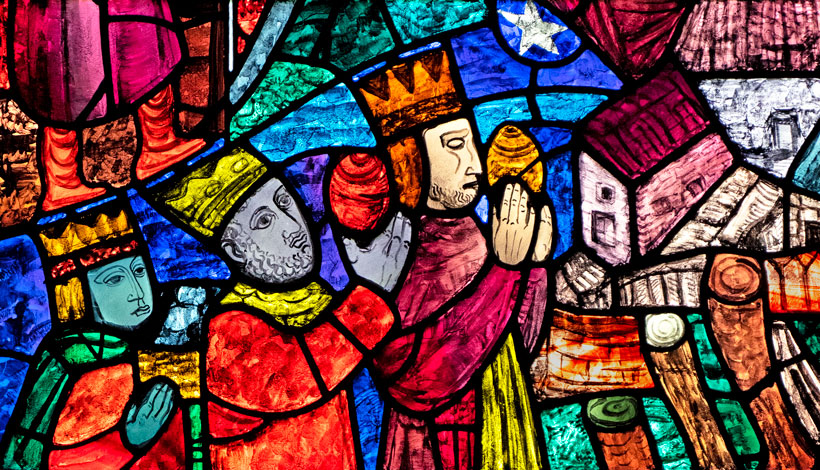
Joseph McBrinn charts the history of Evie Hone’s Tullabeg windows, which illustrate scenes from the life of Christ
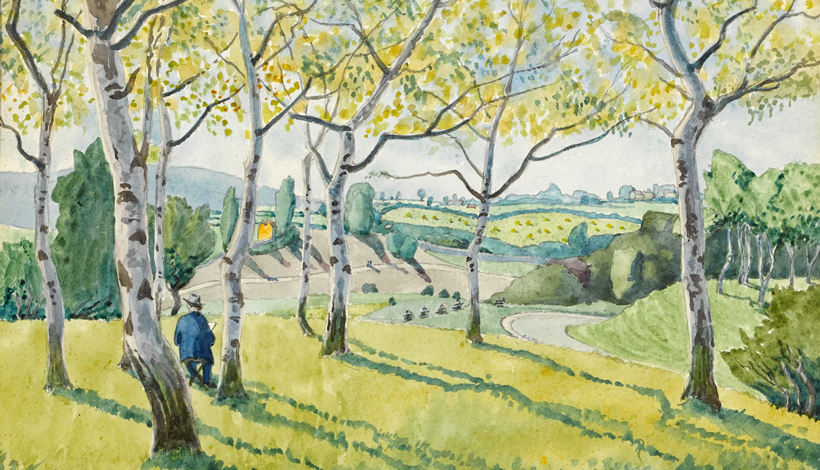
Brian Fallon remembers a modest exhibition that began a love affair with the work of Harry Kernof
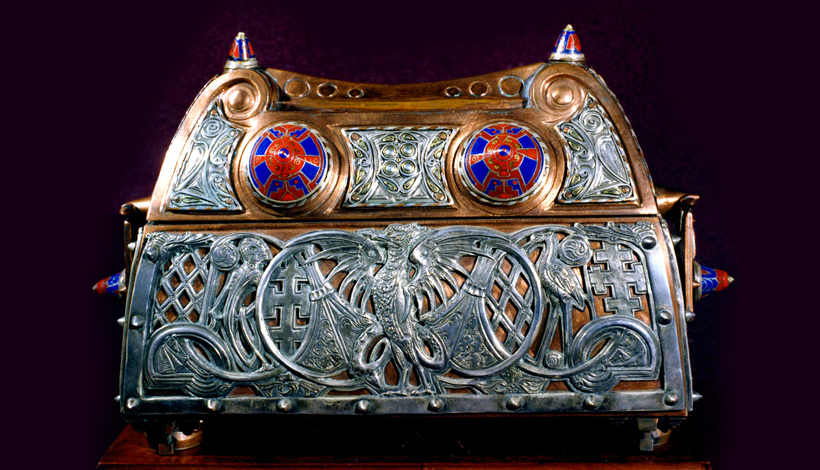
Síghle Bhreathnach-Lynch remembers a leading member of the Celtic Revival, artist Mia Cranwill